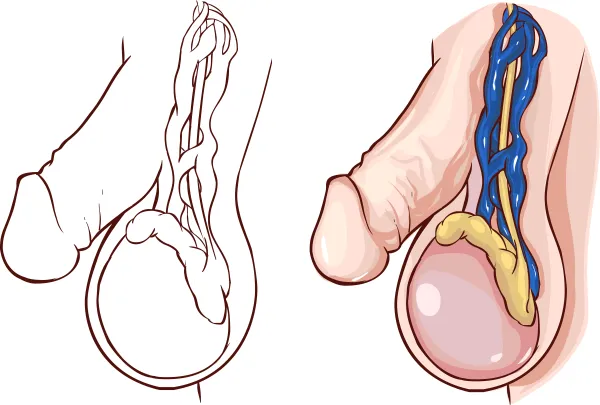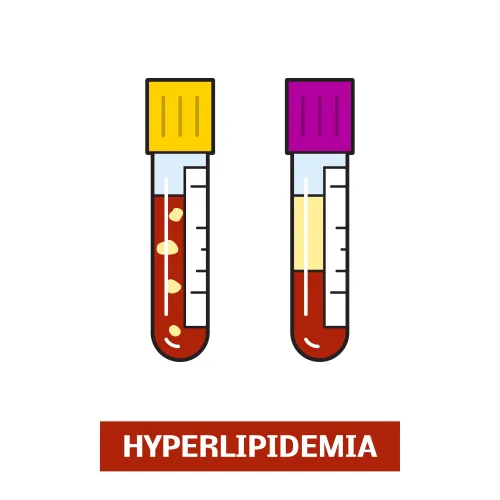Oncology & Hematology Coding Alert
Advance Your Accuracy for Chemotherapy Adverse Reaction Claims
Here’s how ethically reported critical care services can add $282 to your bottom line. If your oncologist has to step in to treat a patient’s adverse reaction to chemotherapy, be sure the physician documentation contains the information to support the treatment and rationale to capture all Medicare reimbursement for the visit and any procedural services. To claim all of your practice’s rightful dollars, keep your eyes peeled for the three circumstances below when you may report an E/M code in addition to infusion admin codes. Circumstance 1: Report Infusion Code + Adverse Reaction E/M If a patient has an adverse drug reaction during a chemotherapy session and the physician intervenes, report the appropriate office visit E/M code based on the services provided (such as 99213, Office or other outpatient visit for the evaluation and management of an established patient ...), states MLN Matters article SE0462. As there are a number of different and new medications used in oncology, anaphylactic reaction to the chemotherapy drugs may be the most common emergency oncology practices encounter. Key point: You should report the E/M code in addition to the infusion admin code(s) and expect payment for both. CPT®’s injection and infusion guidelines support this method by stating, “If a significant, separately identifiable Evaluation and Management service is performed, the appropriate E/M service should be reported using modifier 25 (Significant, separately identifiable evaluation and management service by the same physician on the same day of the procedure or other service) in addition to 96360-96549.” Codes 96360-96549 encompass the “Hydration, Therapeutic, Prophylactic, Diagnostic Injections and Infusions, and Chemotherapy and Other Highly Complex Drug or Highly Complex Biologic Agent Administration” subsection. Example: During chemotherapy infusion, a patient becomes ill after 46 minutes of infusion time. The staff stops the infusion and calls in the oncologist for treatment. The severity of the reaction makes the E/M service necessary. You report the infusion using 96413 (Chemotherapy administration, intravenous infusion technique; up to 1 hour, single or initial substance/drug). Claim the E/M using 99212-99215 (Office or other outpatient visit …) and append modifier 25 to the visit. If the patient’s reaction is severe and requires admission to the hospital, other codes for the admission may be more appropriate. Money talks: Properly catching this E/M in the office setting and assuming the patient is managed while in the office would add approximately $56-183 to your bottom line, according to Medicare’s non-facility national rates for CPT® codes 99212-99215. Circumstance 2: Total Time E/M for Pre-Session E/M, Too If the oncologist sees the patient before the chemotherapy session for a problem unrelated to admin supervision and also must intervene because of a significant adverse drug reaction, choose the E/M level based on the “total time, resources, and complexity of the physician’s interaction with the patient,” the MLN Matters article states. Example: An established patient presents for chemotherapy. Upon arrival, she complains of fatigue over the last month, and the oncologist evaluates and manages the fatigue. Later during the same encounter date, the patient receives her scheduled chemotherapy infusion and develops an adverse reaction requiring the oncologist to assess and respond to the condition. As an example, perhaps the notes for the two services considered together qualify for a level-four office visit, so you report 99214-25 (Office or other outpatient visit for the evaluation and management of an established patient ...) in addition to the appropriate chemotherapy admin code(s). Adding the services to choose this higher-level code brings in approximately $131, based on Medicare’s non-facility national rate. Don’t overlook: Suppose the visit required an extensive amount of time, such as in the below example: Example: The oncologist documents a 70-minute visit and the reason this patient required additional time. The medical necessity level for the visit meets 99214’s criteria. This level E/M visit typically requires “25 minutes face-to-face with the patient and/or family,” according to the code’s descriptor. In this example, the 70 minutes spent is 45 minutes more than the typical time requirement of 99214, so this visit would be eligible for an additional prolonged service code. Report +99354 (...first hour [List separately in addition to code for office or other outpatient Evaluation and Management service]) with 99214-25 and the infusion code(s). Adding +99354 ($129) to 99214 ($131) will nearly double your E/M reimbursement, based on Medicare’s national rates. You would historically report prolonged service add on codes +99354-+99355; however, everything has changed in 2021! There are new codes, and to complicate this further, specific rules have been published by Medicare to use codes outside of CPT® to report and calculate the additional time and units, says Leah Fuller, COC, CPC, Senior Consultant of Pinnacle Enterprise Risk Consulting Services, LLC (“PERCS”), an affiliate of Pinnacle Healthcare Consulting, CO. Circumstance 3: Keep Critical Care in Mind for Severe Cases Be sure to watch for adverse reaction cases that qualify for critical care codes. “If the patient already had a physician visit prior to the chemotherapy session and experienced a life-threatening adverse reaction to the drugs, the physician can bill for a critical care service (99291, +99292, Critical care, evaluation and management of the critically ill or critically injured patient ...) in addition to the visit if the physician’s work involves at least 30 minutes of direct face-to-face involvement managing the patient’s life-threatening condition,” the MLN Matters article states. The 30 minutes of critical care time that 99291 (... first 30-74 minutes) requires do not need to be continuous. And remember that CPT® doesn’t require an intensive care or emergency department setting for 99291 and +99292 (... each additional 30 minutes [List separately in addition to code for primary service]), she adds. Example: A patient has a reportable pre-chemo 99213 E/M visit and during the infusion suffers a life-threatening reaction to the drugs. The oncologist spends 35 minutes providing critical care. You should report the infusion admin code(s), 99213-25, and 99291-25. For 99291, Medicare’s national non-facility rate is roughly $282, so you want to be sure to catch legitimate critical care coding opportunities.

Related Articles
Oncology & Hematology Coding Alert
- Chemotherapy:
Advance Your Accuracy for Chemotherapy Adverse Reaction Claims
Here’s how ethically reported critical care services can add $282 to your bottom line. If [...] - Supervision:
Get Back to Basics for Outpatient Diagnostic Test Supervision Reqs
Define Medicare’s layers of definitions and numerical indicators. For diagnostic imaging services, your freestanding oncology/ [...] - Radiology Oncology:
4 FAQs Will Clear Up These Radiology Oncology Coding Mishaps
Here’s the difference between basic and special dosimetry. Are you struggling to report radiology oncology [...] - You Be the Coder:
Tackle This Multiple Biopsy Result ICD-10-CM Challenge
Question: The pathologist examines a biopsy from the right lower lobe of the lung, a [...] - Reader Questions:
Here’s How You Should Use Z51.11
Question: I am having trouble finding a definitive answer as to whether Z51.11 should just [...] - Reader Questions:
Denial for Invalid Patient Info? Check For This
Question: We recently got a Medicare claim denied for invalid patient information? What’s going on [...] - Reader Questions:
Try Your Hand at this Chemo Scenario
Question: A patient with primary neoplasm of the rectosigmoid junction and secondary neoplasm of the [...] - Reader Questions:
Hone in on These Criteria for Accurate Consultation Coding
Question: Our physician offered consultation services to a patient who was in treatment with another [...]




